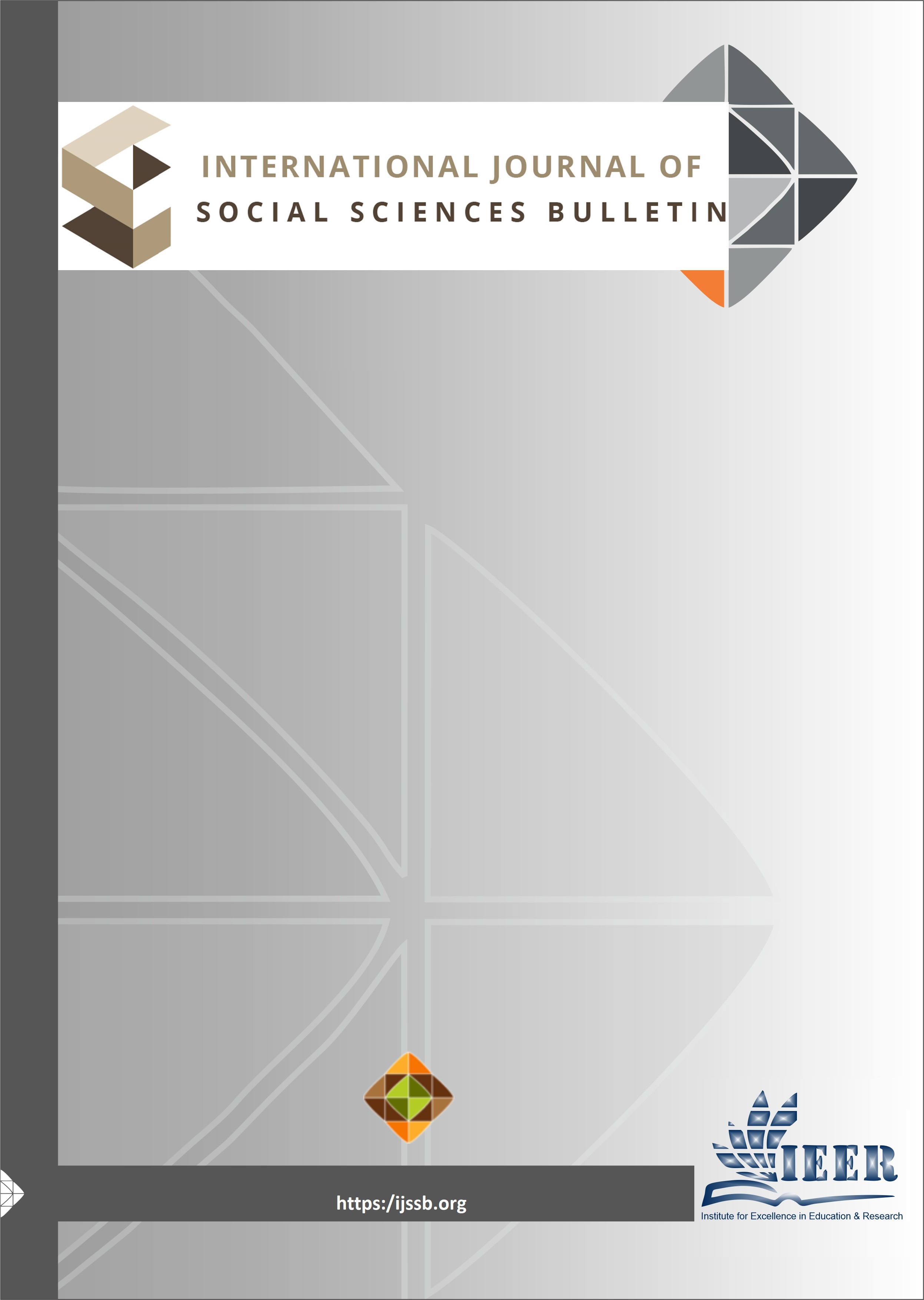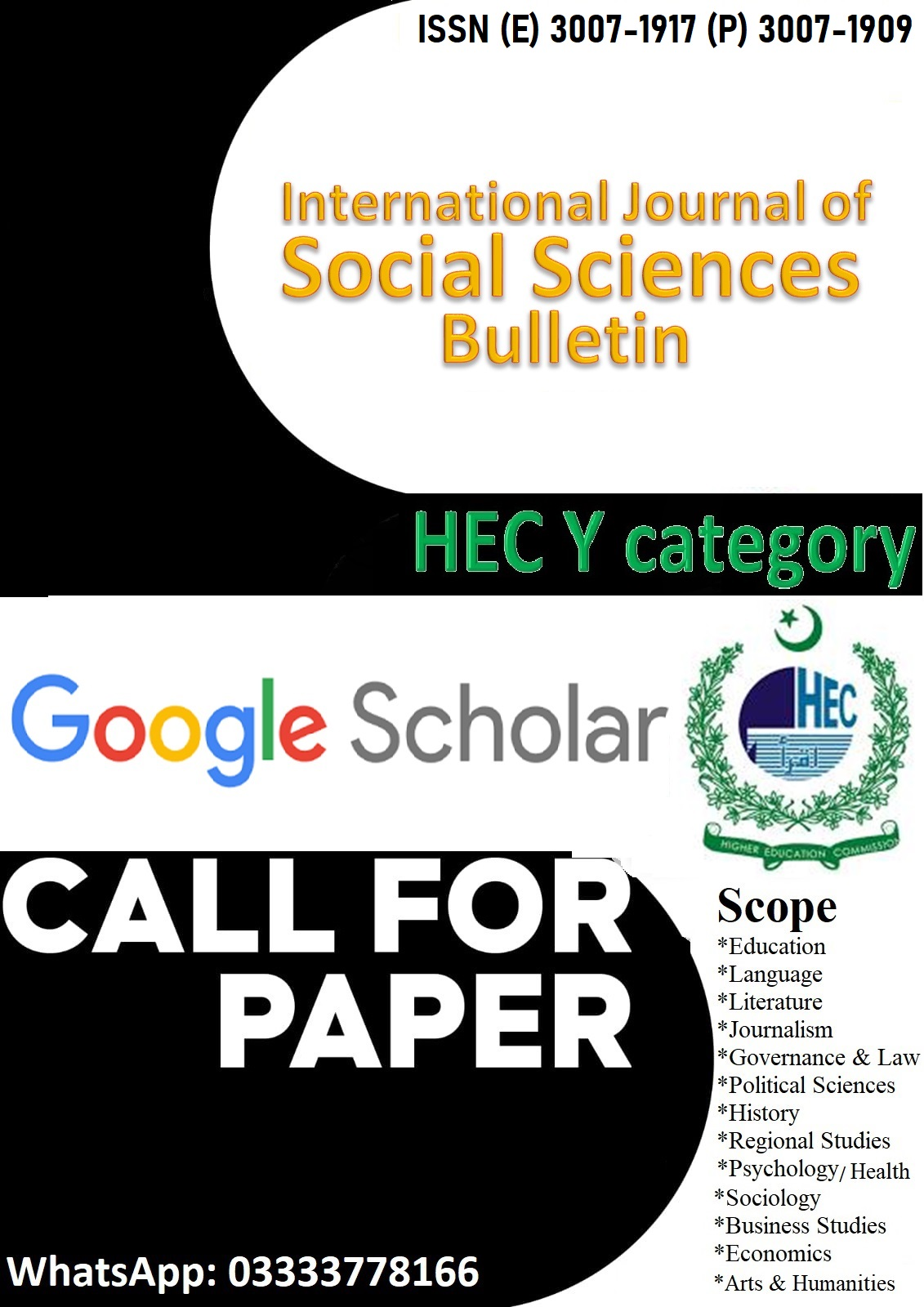REVERSE LOGISTICS IN SMALL URBAN RETAIL: A QUALITATIVE STUDY OF KARYANA STORES IN PESHAWAR, PAKISTAN
Keywords:
Reverse Logistics, Karyana Stores, Small Retailers, Peshawar, Urban Retail, Space Constraints, Developing Economies, Waste Management, Qualitative Research.Abstract
This study explores the dynamics of reverse logistics (RL) among small-scale karyana (grocery) sellers in Peshawar, Pakistan. It looks at research area that has received little attention in the present iterature, which is primarily concerned with large-scale retail in developed economies. The study used a qualitative, multiple-case methodology, relying on semi-structured interviews with six retailers: three in high-income, less congested locations and three in low/middle-income, congested zones. The investigation demonstrates five key problems that affect RL practices: spatial limits, liquidity management, logistical efficiency, information coordination, and waste management. The findings show that businesses in prosperous locations use superior logistical infrastructure, digital tools, and prioritise high-end products, resulting in more effective reverse logistics. In contrast, individuals in congested, low-income neighbourhoods confront significant logistical challenges,
operate within restricted physical space, and rely on manual, cost-driven procedures to preserve their financial well-being. The study emphasises the importance of regional and socioeconomic conditions in determining RL strategies and provides context-specific recommendations for increasing efficiency and customer satisfaction. These findings can help policymakers and practitioners improve the
resilience and sustainability of small-scale retail enterprises in developing urban economies.
Downloads
Published
Issue
Section
License

This work is licensed under a Creative Commons Attribution-NonCommercial-NoDerivatives 4.0 International License.

















